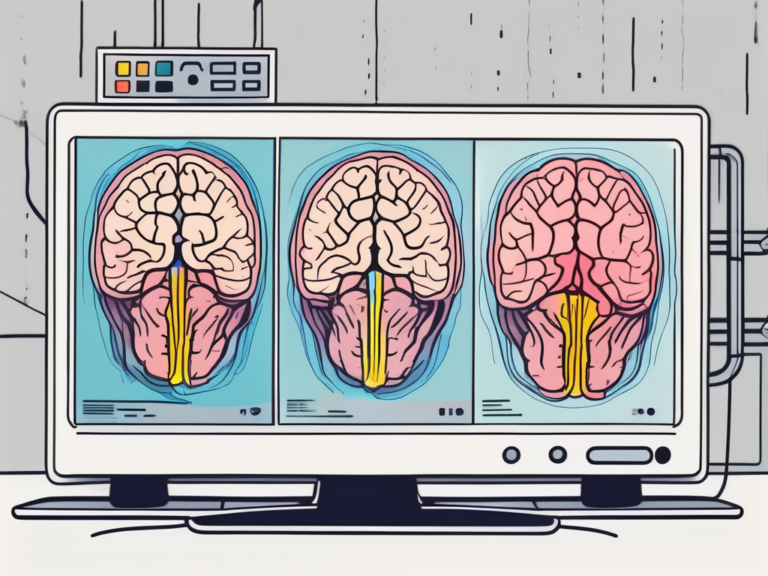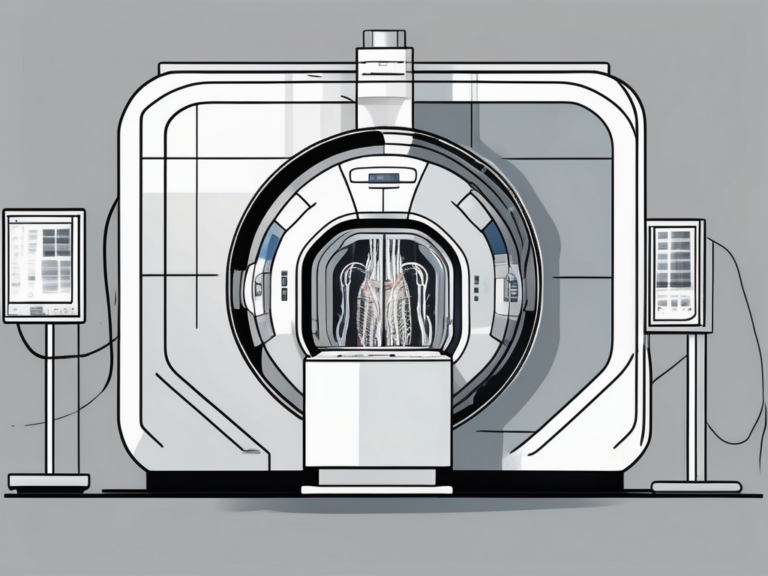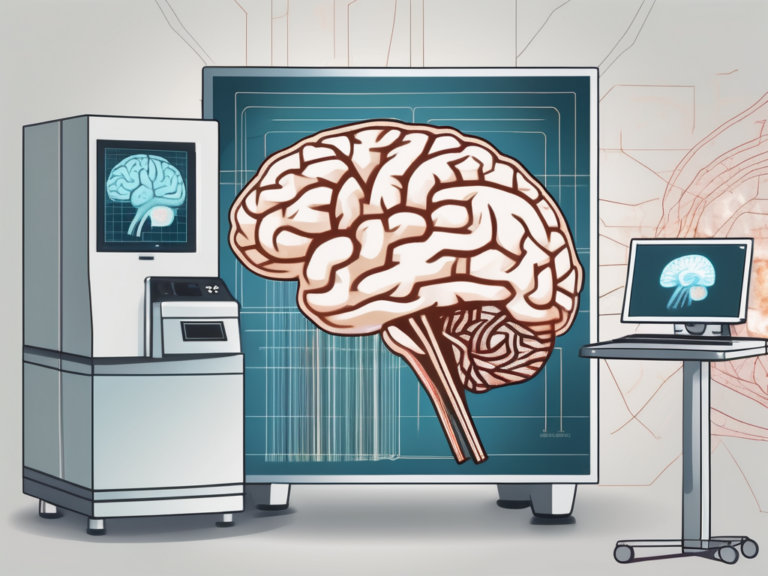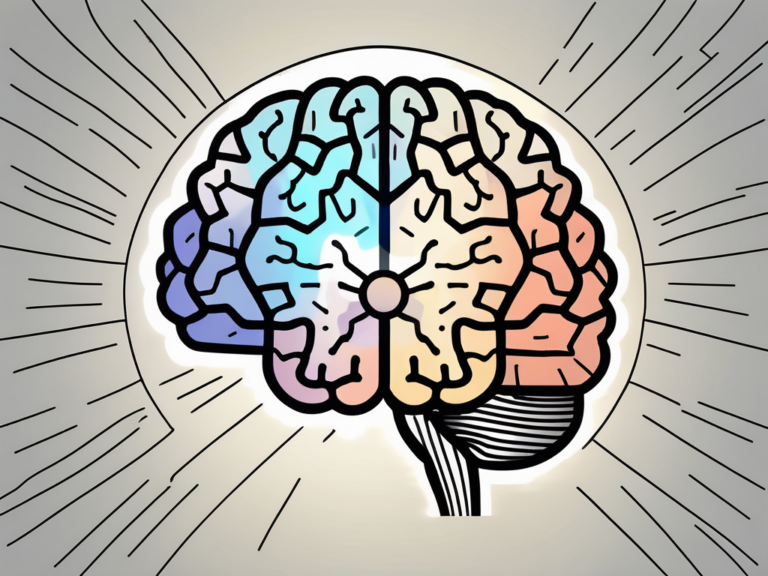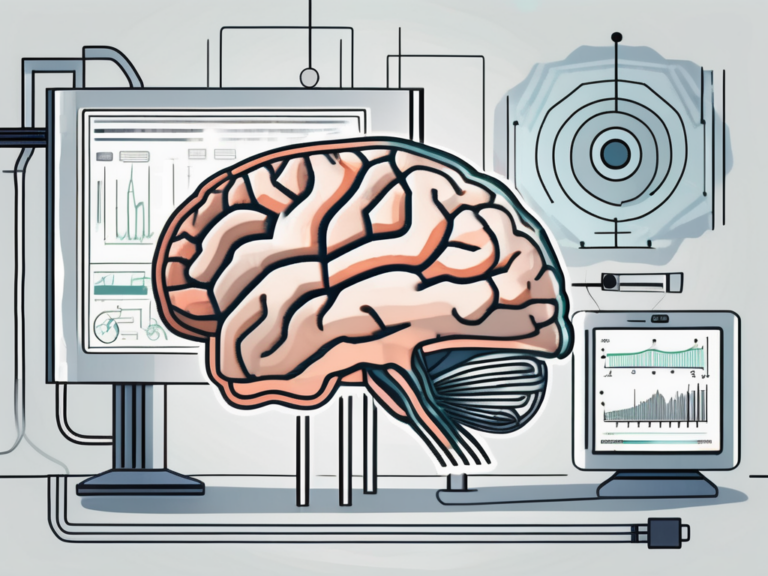using fmri, scientists have figured out how to predict the stimulus a subject is looking at?
In recent years, there have been groundbreaking advancements in the field of neuroscience that have allowed scientists to delve deeper into the workings of the human brain. One such technique that has revolutionized our understanding of the brain is functional magnetic resonance imaging, commonly known as fMRI. Through the use of fMRI, scientists have been able to gain valuable insights into how the brain responds to various stimuli and, more remarkably, how to predict the specific stimulus a subject is looking at.
Understanding the Basics of fMRI
Before diving into the fascinating realm of predictive techniques, it is crucial to grasp the fundamentals of fMRI. In essence, fMRI is a non-invasive imaging technique that measures brain activity by detecting changes in blood oxygenation levels. By identifying areas of increased blood flow, scientists can determine which regions of the brain are activated during certain tasks or in response to specific stimuli.
Furthermore, fMRI has revolutionized the field of cognitive neuroscience by providing researchers with a powerful tool to investigate the neural correlates of various cognitive processes. Through advanced neuroimaging technologies, scientists can now observe how different brain regions interact and communicate with each other in real-time, shedding light on the intricate neural networks that underlie human cognition.
The Role of fMRI in Neuroscience
The advent of fMRI has been a game-changer in the field of neuroscience. By providing an unprecedented glimpse into the inner workings of the brain, fMRI has allowed researchers to explore the complex relationship between brain function and cognition. This has paved the way for a better understanding of various neurological and psychiatric disorders.
Moreover, fMRI studies have contributed significantly to our knowledge of brain development, aging, and plasticity. By tracking changes in brain activity over time, researchers can investigate how neural circuits evolve in response to learning, experience, and environmental factors. This longitudinal approach has opened up new avenues for studying neuroplasticity and brain rehabilitation, offering hope for novel therapeutic interventions in neurological conditions.
Decoding the Complexities of fMRI
However, it is important to acknowledge that fMRI is not without its complexities. The interpretation of fMRI data requires skilled researchers who can meticulously analyze the immense amount of information generated by this powerful imaging technique. Moreover, many factors can influence the fMRI signal, including head movement, magnetic field inhomogeneities, and physiological noise. Therefore, sophisticated methods and algorithms have been developed to ensure the accuracy and reliability of fMRI data analysis.
Additionally, ongoing research in the field of fMRI aims to address current challenges and push the boundaries of neuroimaging technology. Innovations such as ultra-high field MRI scanners, multi-modal imaging approaches, and machine learning algorithms hold promise for enhancing the spatial and temporal resolution of fMRI data, ultimately providing deeper insights into the complexities of brain function and connectivity.
The Science Behind Predicting Visual Stimuli
One remarkable application of fMRI is its ability to predict the visual stimuli a subject is looking at. This breakthrough has captured the imagination of researchers worldwide as it holds the potential to unravel the mysteries of perception and cognition.
Understanding how the brain processes visual information is crucial in deciphering the complexities of human perception. By delving into the intricate relationship between brain activity and visual stimuli, scientists aim to uncover the underlying mechanisms that govern our ability to perceive and make sense of the world around us.
The Connection Between Brain Activity and Visual Stimuli
When a person views an image or a visual stimulus, specific patterns of brain activity are evoked. Using advanced algorithms and machine learning techniques, scientists have harnessed these patterns to decode the visual information processed by the brain. By training predictive models on vast datasets of fMRI data, researchers have successfully linked brain activity with specific visual stimuli.
The intricate dance between neural activity and visual perception is a fascinating area of study that continues to intrigue neuroscientists and cognitive psychologists alike. By peering into the inner workings of the brain as it responds to external stimuli, researchers gain valuable insights into how our minds construct the rich tapestry of visual experiences that shape our reality.
The Process of Predicting What a Subject is Looking At
The process of predicting what a subject is looking at begins with collecting large amounts of fMRI data while the subject is exposed to a wide range of visual stimuli. This data is then fed into computational models that learn to recognize the unique activity patterns associated with each stimulus. Once trained, these models can accurately predict the stimulus the subject is looking at based solely on the fMRI signal.
This iterative process of data collection, analysis, and model refinement lies at the heart of cutting-edge research in the field of cognitive neuroscience. By pushing the boundaries of technology and scientific inquiry, researchers strive to unlock the secrets of visual perception and pave the way for groundbreaking advancements in our understanding of the human brain.
The Breakthrough in fMRI Predictive Techniques
The development of predictive techniques in functional Magnetic Resonance Imaging (fMRI) has marked a significant milestone in the field of neuroscience. As technology advances and our understanding of the brain deepens, these techniques are becoming increasingly sophisticated and accurate. fMRI, a non-invasive imaging technique that measures brain activity by detecting changes associated with blood flow, has revolutionized the way we study the brain.
One of the key advancements in fMRI predictive techniques is the utilization of machine learning algorithms. These algorithms can analyze vast amounts of fMRI data to identify patterns and make predictions about cognitive states or behaviors. By training these algorithms on large datasets, researchers can now uncover subtle brain activity patterns that were previously undetectable.
The Evolution of fMRI Predictive Techniques
Over the years, fMRI predictive techniques have evolved from simple stimulus identification to more complex tasks, such as decoding mental states and emotions. Scientists are now able to infer a subject’s thoughts, intentions, and even predict future actions based on fMRI data. This opens up endless possibilities for understanding human behavior and cognition. The use of multivariate pattern analysis (MVPA) has been instrumental in this evolution, allowing researchers to decode complex mental processes from fMRI signals.
Furthermore, the integration of fMRI with other neuroimaging techniques, such as electroencephalography (EEG) and magnetoencephalography (MEG), has provided a more comprehensive view of brain function. By combining these modalities, researchers can capture both the spatial and temporal dynamics of brain activity, offering a more complete picture of neural processes.
The Impact of the New Predictive Technique on Neuroscience
The impact of predictive fMRI techniques on the field of neuroscience cannot be overstated. These techniques have allowed researchers to bypass the traditional reliance on introspection and self-reporting, providing a more objective and accurate understanding of brain function. By bridging the gap between brain activity and behavior, predictive fMRI has the potential to revolutionize not only neuroscience but also psychology and cognitive science. The ability to predict cognitive states from brain activity patterns holds promise for applications in clinical settings, such as diagnosing neurological disorders or monitoring treatment responses.
Future Implications of fMRI Predictive Techniques
As the field of fMRI predictive techniques continues to advance, exciting possibilities emerge for its future applications.
One fascinating area where fMRI predictive techniques show promise is in the realm of personalized medicine. By analyzing brain activity patterns, researchers can potentially predict individual responses to certain medications or treatments, paving the way for tailored medical interventions that are more effective and have fewer side effects.
Moreover, the implications of fMRI predictive techniques extend beyond the medical field into the realm of human-computer interaction. Imagine a future where devices can adapt their interfaces based on real-time fMRI predictions of a user’s cognitive state, providing a truly personalized and seamless user experience.
Potential Applications in Medical and Psychological Fields
The ability to predict what a person is looking at holds immense potential in the medical and psychological fields. From diagnosing cognitive impairments to understanding the neural mechanisms underlying mental illnesses, predictive fMRI techniques offer hope for improved patient care and targeted interventions.
Furthermore, the application of fMRI predictive techniques in the field of sports psychology is an exciting area of exploration. By predicting athlete performance based on brain activity patterns, coaches and trainers could optimize training regimens and enhance competitive outcomes.
Ethical Considerations and Future Challenges
While the strides made in fMRI predictive techniques are remarkable, it is essential to navigate the ethical considerations that emerge. Privacy concerns, potential misuse of predictive information, and the need for informed consent are some of the challenges that researchers and ethicists must address as these techniques advance further.
Another critical aspect to consider is the potential societal impact of widespread adoption of fMRI predictive techniques. Issues such as equity in access to predictive technologies, the implications for personal autonomy, and the reshaping of social norms around privacy and consent are all important factors that must be carefully examined.
In conclusion, the use of fMRI has enabled scientists to achieve the astounding feat of predicting the stimulus a subject is looking at. This breakthrough opens up new avenues for understanding the intricate relationship between the human brain and visual perception. As the technology continues to evolve, the future implications of fMRI predictive techniques hold immense promise, not only in the medical and psychological fields but also in unraveling the complexities of the human mind.

